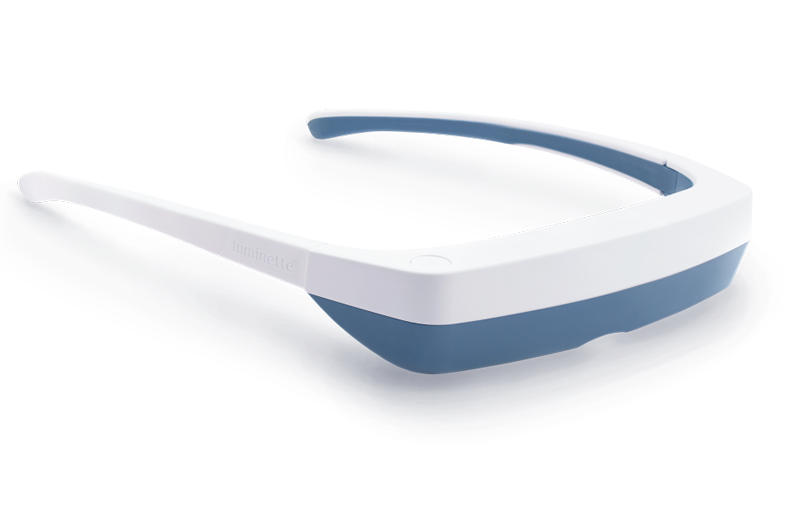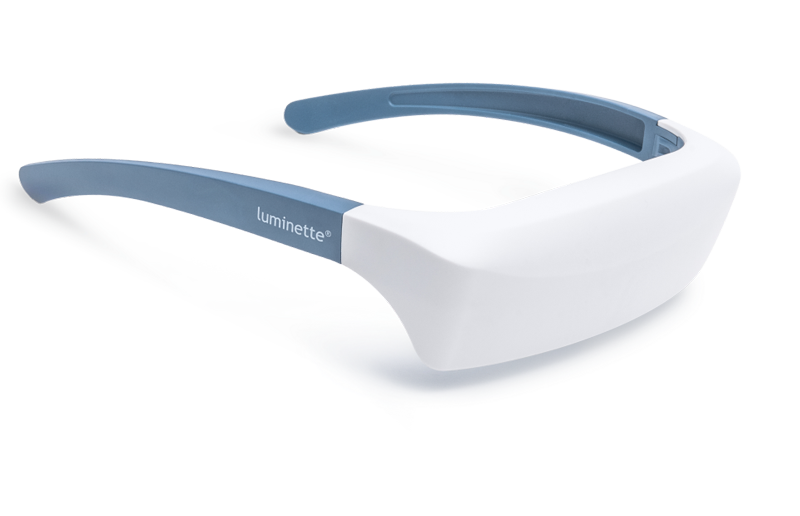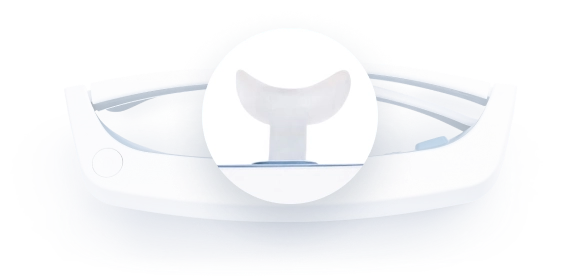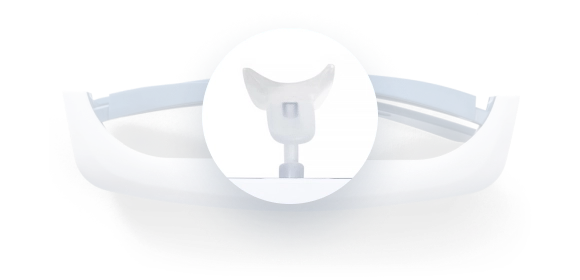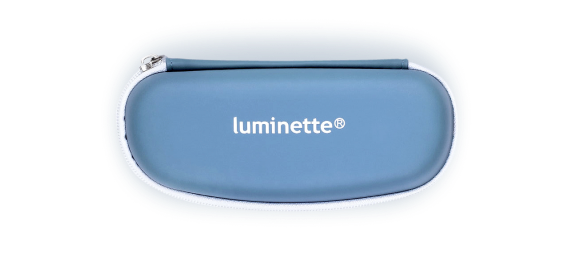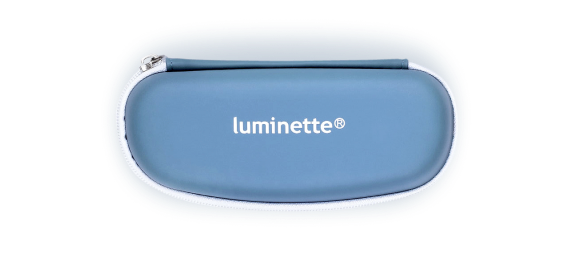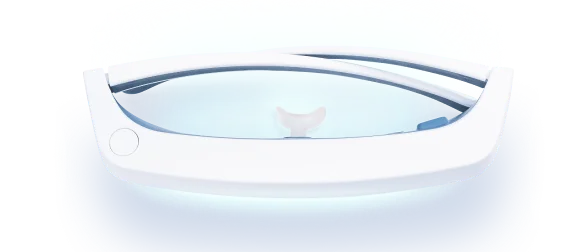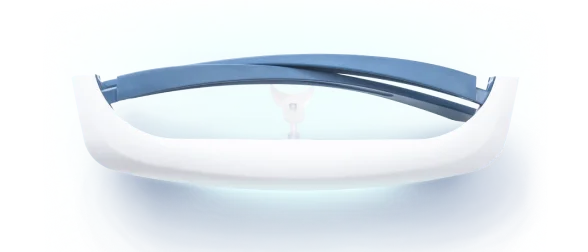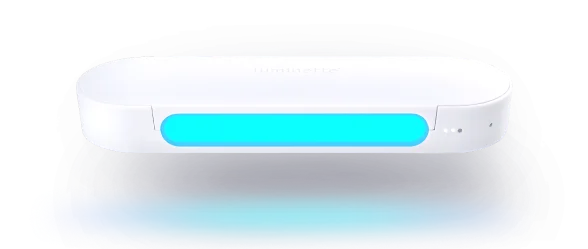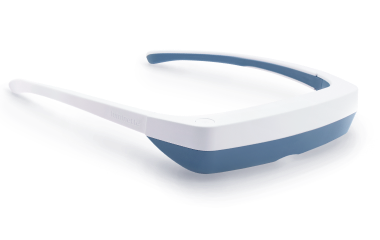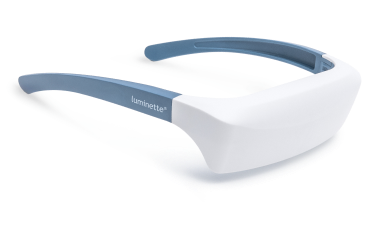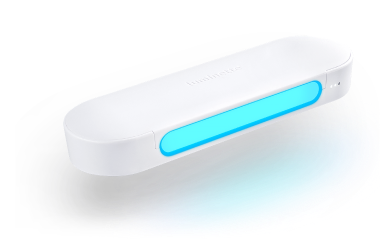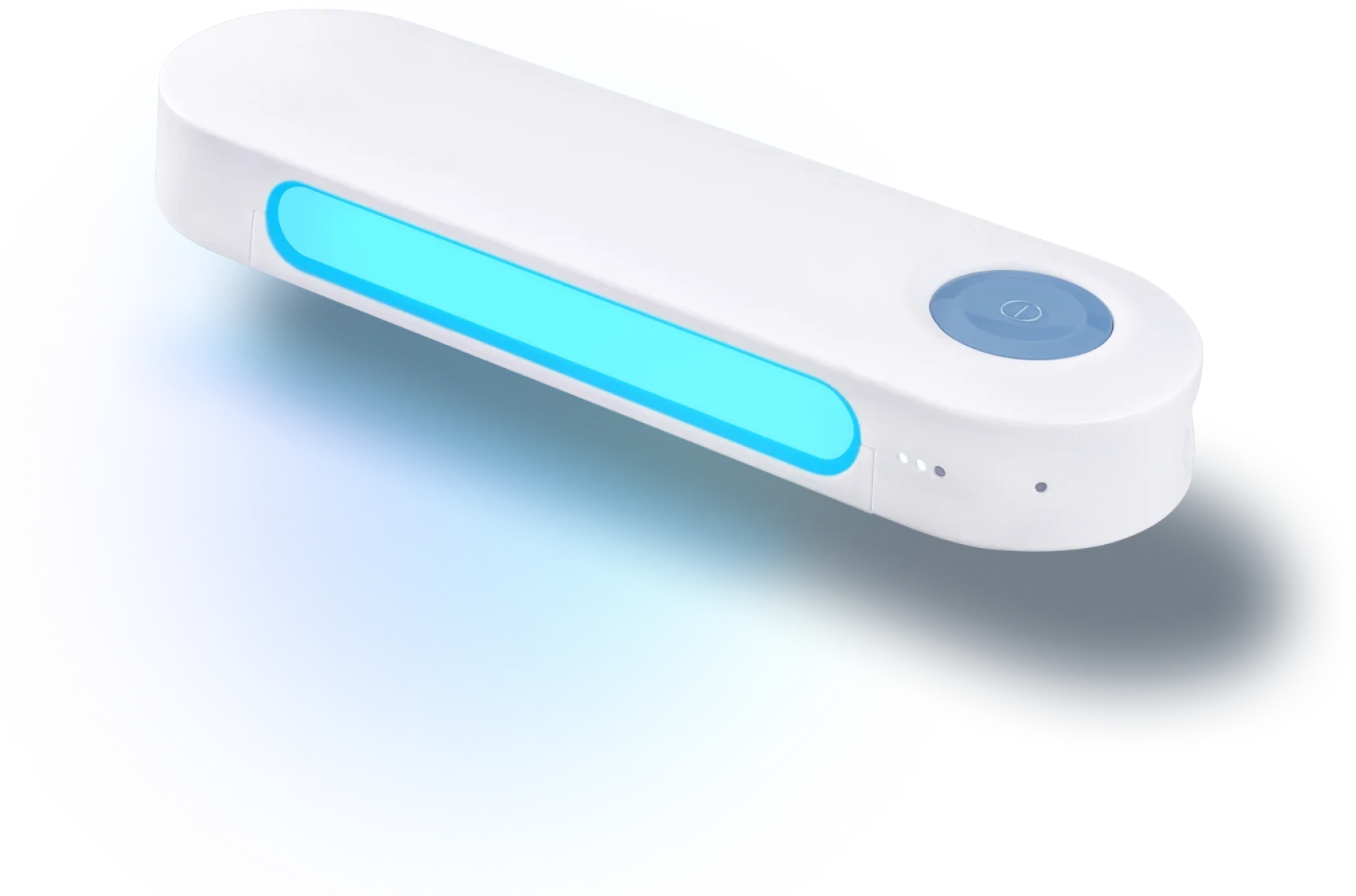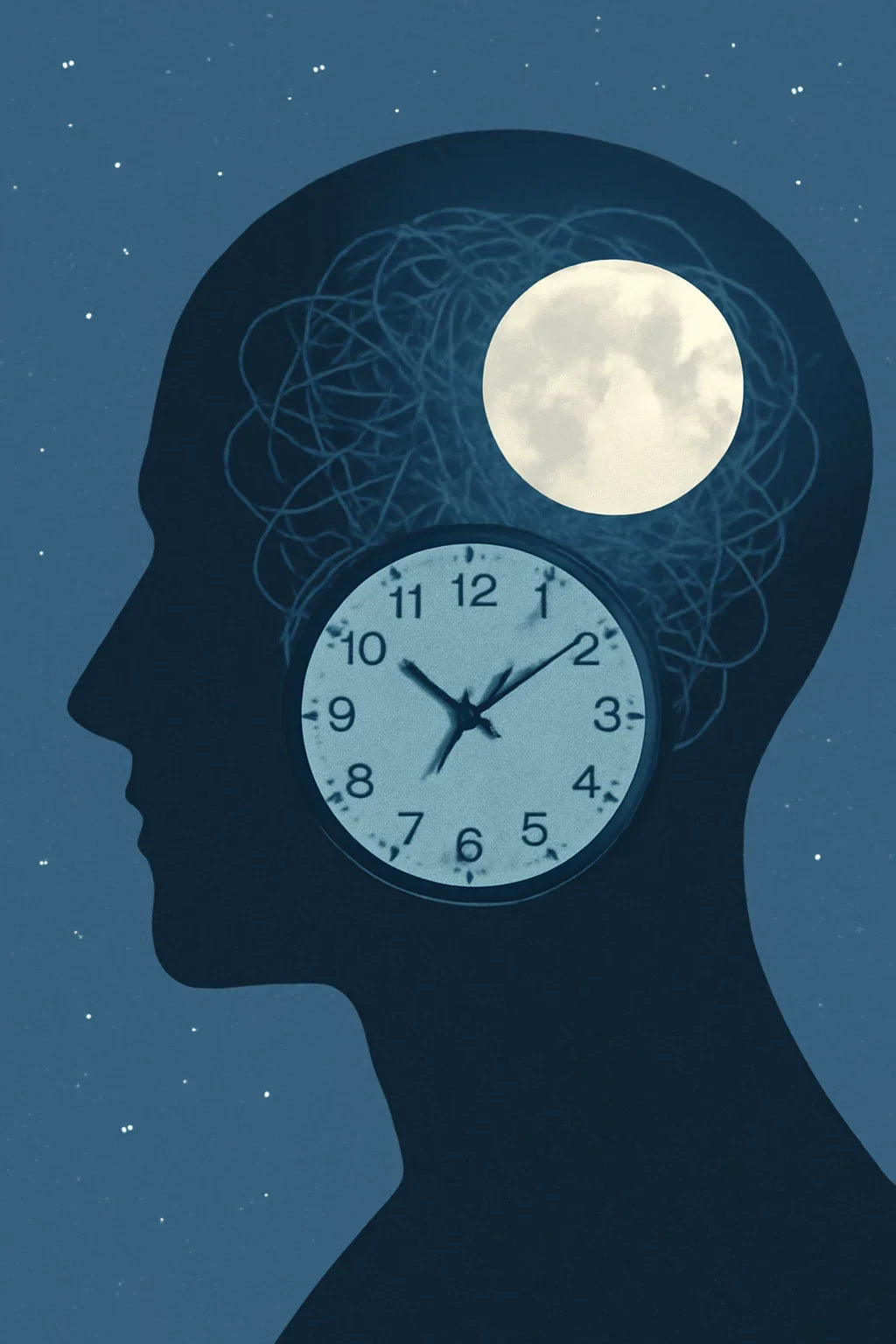Why the Sleep Cycle Matters for Health
Sleep is not just about quantity — it’s about structure. A healthy sleep cycle is the foundation of both physical restoration and mental clarity. When our bodies go through all the necessary stages of sleep in a consistent rhythm, we wake up feeling rested, focused, and emotionally balanced. But when this cycle is disrupted — even if we sleep for a full eight hours — the body doesn’t get the deep recovery it needs.
Each night, we go through multiple sleep cycles, typically lasting about 90 minutes each. These cycles are composed of different stages that serve unique biological purposes: some support physical repair, others consolidate memory, and some help regulate mood and immune response. That’s why the quality and timing of these stages matter just as much as the total sleep time.
Modern life — with its artificial lighting, late-night screen use, and irregular routines — often disturbs the body's internal rhythm. This disruption not only leads to sleep problems like insomnia or fragmented rest but also contributes to more serious long-term health risks, including cardiovascular disease and metabolic disorders.
A well-functioning sleep cycle ensures that the body and brain synchronize with the natural light-dark schedule, allowing for optimal hormone production, cellular repair, and emotional regulation. Understanding the structure of this cycle helps us protect it — and gives us the tools to improve sleep naturally through habits, routine, and technologies like light therapy.
Sleep is important to our health and wellbeing as without proper rest our brain cannot work properly. We all know the refreshing feel when we enjoy a good night sleep and the irritation we feel when we have insufficient sleep. We need at least 6-9 hours of sleep daily, during which we go through several sleep cycles. Each cycle consists of several sleep stages. Each cycle begins with the Non Rapid Eye Movement (NREM) stage which then progresses to Rapid EYE Movement (REM) stage during which we dream. The NREM consists of about 80% of our sleep cycle. It has been proven that light therapy has been successful in providing relief for people with irregular sleep cycle.

Sleep is important to our health and wellbeing as without proper rest our brain cannot work properly. We all know the refreshing feel when we enjoy a good night sleep and the irritation we feel when we have insufficient sleep. We need at least 6-9 hours of sleep daily, during which we go through several sleep cycles. Each cycle consists of several sleep stages. Each cycle begins with the Non Rapid Eye Movement (NREM) stage which then progresses to Rapid EYE Movement (REM) stage during which we dream. The NREM consists of about 80% of our sleep cycle. It has been proven that light therapy has been successful in providing relief for people with irregular sleep cycle.
Our sleep cycles are governed by our internal biological clock. Researchers have proven that exposure to outdoor light is essential in maintaining our internal biological clock. With the modern lifestyle, most of the adults spend their day indoors with artificial light. This leaves them in a state of light deficiency, the indoor lights are not bright enough to mimic that of the suns. This inadvertently affects our internal biological clock’s operation. In addition to this, the hormone melatonin in the body helps promote sleepiness in the body and maintains the sleep cycle. Melatonin, which acts as a marker of your circadian phase or biological timing, is deactivated with bright light. Melatonin reduction will obviously affect your sleep.
That is where bright light therapy comes in. It is usually administered to people who suffer from sleep disorders. Light therapy can help reset your biological clock so that you can fall back into your regular sleep pattern and lead a normal life. Life therapy is very simple and involves exposing your eyes to intense but safe amounts of light for a specific and regular length of time. This artificial light mimics the outdoor light and used to affect the body clock in the same way that sunlight does. It uses visible light and filters out ultraviolet light.
The most common form of administering the light therapy is through a light box. This form of therapy has been proven to be most successful in resetting the sleep patterns in patients. Light therapy is also used for people suffering from jet lag as this hastens their ability to adapt to the new time zone.
What is a Healthy Sleep Cycle?
A healthy sleep cycle consists of a balanced progression through light sleep, deep sleep, and REM (Rapid Eye Movement) sleep. This cycle repeats 4–6 times per night and ideally aligns with the body's clock. When uninterrupted, these cycles allow for full physical and mental recovery.
Stages of Sleep and Their Purpose (REM, Deep, Light)
Light Sleep (Stages 1–2): This is the transition from wakefulness into rest. It's important for heart rate regulation and overall relaxation.
Deep Sleep (Stage 3): Also called slow-wave sleep, this stage is essential for physical repair , immune function, and the release of growth hormone.
REM Sleep (Stage 4): REM is when dreaming occurs and memory consolidation happens. It also plays a key role in emotional processing.
How Light Affects the Sleep-Wake System
Light is the primary environmental signal that tells your brain when to be awake and when to wind down. This “light input” plays a central role in your body’s internal biological clock that governs your sleep-wake cycle. In the right timing, light exposure helps regulate hormones like melatonin and cortisol , ensuring you feel alert in the morning and sleepy at night. But when that exposure is lacking, inconsistent, or mistimed, the body can lose its natural rhythm — leading to difficulty falling asleep, staying asleep, or waking up refreshed.
When and How to Use Light Therapy for Better Sleep
Light therapy is most effective when it’s used consistently and at the right time of day . Since your internal clock is most responsive to light in the morning , the timing of your session plays a critical role in whether the therapy helps you fall asleep earlier, wake up more refreshed, or stay energized throughout the day. Used correctly, light therapy can help realign reduce sleep latency (how long it takes you to fall asleep), and improve the quality and depth of your rest.
Common Mistakes to Avoid When Using Light Therapy
Using it too late in the day: Evening use can actually delay melatonin production and make it harder to fall asleep.
Inconsistent usage: Skipping days or changing your timing too often may reduce the therapy’s effectiveness.
Incorrect distance or angle: Sitting too far from the device or positioning it outside your line of sight limits its impact.
Using the wrong type of light: Not all lights are suitable — make sure your device is designed for therapeutic use, with a safe and effective light spectrum.
How Long Should You Use It Per Day?
The recommended daily session is typically 20 to 30 minutes using a certified device that emits at least 10,000 lux or an equivalent dose of blue-enriched white light. You don't need to stare directly at the light — just having it in your field of vision is enough to trigger the biological response. Consistency is key: the benefits build up over time, and many people begin noticing improved sleep and energy within 1–2 weeks of regular use.
Real-Life Results – How Light Therapy Supports Sleep Naturally and Effectively
Light therapy isn’t just a clinical concept — it’s a practical, proven tool that thousands of people use every day to improve how they sleep and feel. Whether you’re dealing with restless nights, trouble falling asleep, early-morning fatigue, or seasonal disruptions to your routine, light therapy offers a simple, non-invasive way to get your sleep cycle back on track.
By consistently exposing your body to the right type of light at the right time, you help reset your biological rhythm, support hormonal balance, and experience real changes in how quickly you fall asleep, how deeply you stay asleep, and how refreshed you feel upon waking. These are not just short-term effects — with regular use, light therapy can help restore a sustainable sleep pattern and protect your energy and mental clarity day after day.
Let’s explore the real-world benefits people are experiencing with light therapy.
Better Sleep Onset and Less Nighttime Awakening
One of the most noticeable benefits of light therapy is how it helps users fall asleep faster and experience fewer interruptions during the night . By exposing your body to bright light early in the day, your body's clock gets realigned — leading to an earlier and more stable release of melatonin in the evening. This helps you feel naturally sleepy when it's time for bed and stay asleep longer without waking up multiple times.
People who previously spent hours tossing and turning often find that after just a few morning sessions, they’re able to drift off more quickly and enjoy deeper, more continuous sleep . This effect is particularly significant for individuals with delayed sleep phase syndrome (DSPS), shift workers, and those experiencing circadian misalignment due to lifestyle or environment.
Luminette – Light Therapy Designed to Fit Your Life
Not everyone has the time — or flexibility — to sit in front of a light box each morning. That’s why Luminette offers two practical, science-backed solutions that deliver the benefits of light therapy without disrupting your day . Whether you’re always on the go or need a light-based energy boost at your desk, these devices are designed to work with your lifestyle, not against it.
Luminette 3 Glasses – Light Where and When You Need It
The Luminette 3 light therapy glasses offer a hands-free, wearable way to reset your bo. Unlike traditional therapy lamps, Luminette delivers blue-enriched white light from just above your eyes, simulating natural sunlight and keeping your field of vision unobstructed. You can move around freely — make breakfast, check emails, even go for a walk — while receiving the ideal intensity and angle of therapeutic light.
Only 20 to 30 minutes a day needed, ideally within 1 hour of waking
Lightweight, portable, and rechargeable — perfect for busy mornings or travel
Drive 2-in-1 Lamp – Light Therapy + Ambient Light in One
Prefer a stationary option? The Drive 2-in-1 light therapy lamp combines effective light therapy with stylish ambient lighting, making it ideal for your desk, bedside table, or workspace . With the flip of a switch, you can transition from therapy mode to soft ambient lighting — all from a sleek, modern design that blends into any interior.
Emits powerful, full-spectrum light to stimulate wakefulness and clarity
Helps combat winter fatigue , morning grogginess , and low energy at work
Ideal for students, remote workers, and anyone who spends most of their time indoors
Final Thoughts – Light as a Natural Sleep Ally
In a world full of artificial light, screen fatigue, and busy routines, sleep often becomes one of the first areas of our health to suffer. But the path to better sleep doesn’t always require drastic changes — it often begins with the simplest, most natural tool available: light . Supporting your body’s internal clock with proper light exposure is one of the most effective ways to improve how you sleep, feel, and function — both short-term and long-term.
By understanding the science behind your sleep cycle and using light intentionally, you can reclaim restful nights and brighter mornings without relying on medication. Whether you're trying to reset your rhythm after travel, manage seasonal tiredness, or simply feel more energized and focused, light therapy offers a reliable, non-invasive solution.
Small Habits, Big Transformation — Starting with Light
Even the smallest shift in your morning routine — like adding 20 minutes of targeted light exposure — can create a lasting impact on your sleep quality, energy, and overall mood. Light is not just illumination; it's information for your brain and body. When timed right, it helps reset your natural rhythm and makes sleep come more easily, night after night.
Summary of Key Benefits:
Regulates melatonin for faster sleep onset
Boosts morning energy and mental clarity
Supports mood stability throughout the day
Aligns body's clock without medication
Helps correct delayed or irregular sleep patterns
FAQ
How long until I notice a change in my sleep?
Most users begin to notice improvements in sleep quality and daytime energy within 7 to 14 days of consistent morning use. For some, benefits like falling asleep faster or waking up more refreshed appear even sooner.
Can I use light therapy if I wake up very early or very late?
Yes — light therapy can be adjusted to your wake-up time, whether it’s 5 a.m. or noon. The key is to use it within one hour of waking , regardless of the hour.
Is it safe to use light therapy every day?
Absolutely — daily use is not only safe but also recommended for the best results. Light therapy is non-invasive , drug-free, and generally well-tolerated when used as directed.
Can it replace melatonin supplements?
In many cases, yes. Light therapy naturally stimulates your body’s own melatonin rhythm , which may reduce or eliminate the need for supplements.
What's the best product for travel-related sleep issues?
The Luminette 3 light therapy glasses are ideal for travel thanks to their portability and hands-free design. They help you adjust faster to new time zones and beat jet lag natura
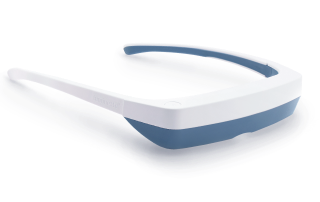

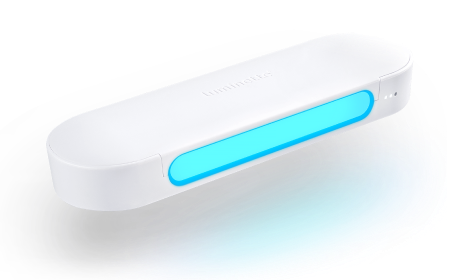

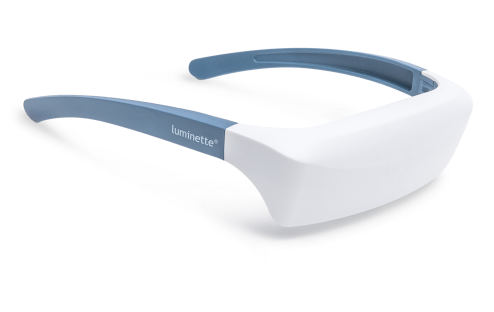
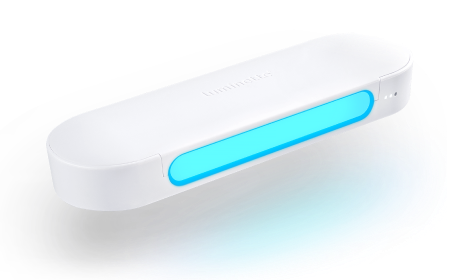
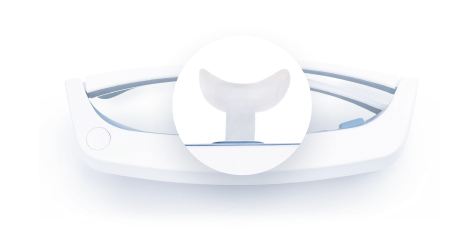
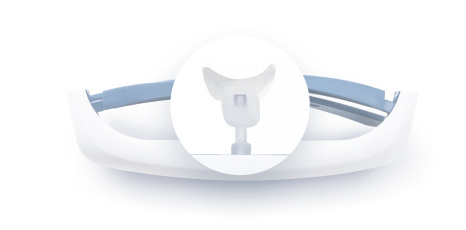
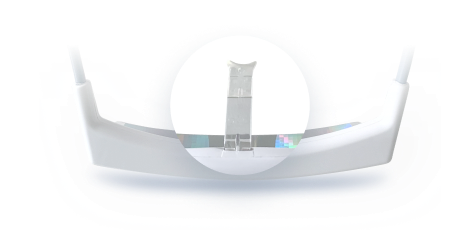
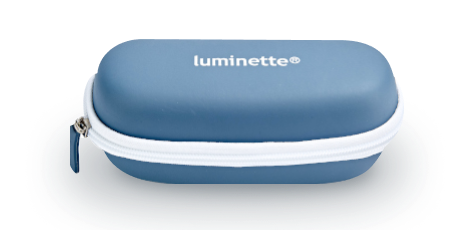

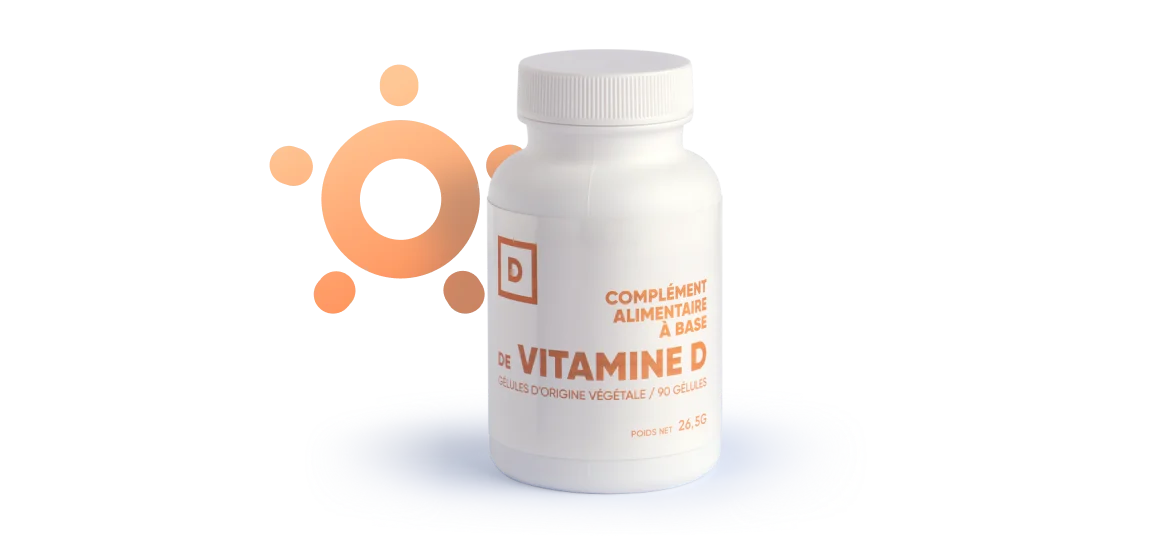




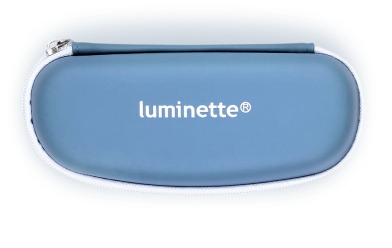
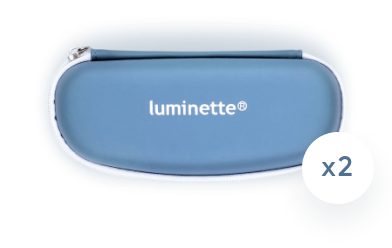


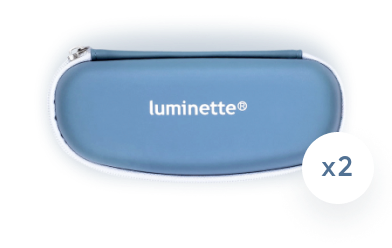
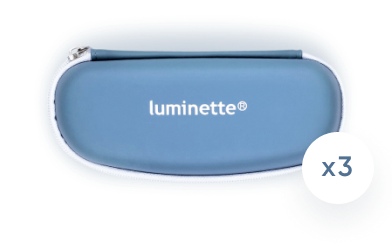
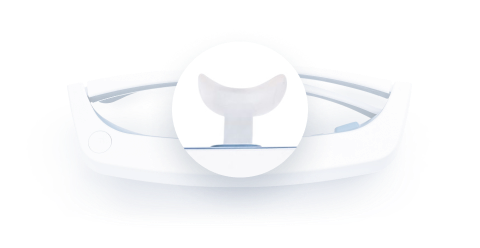
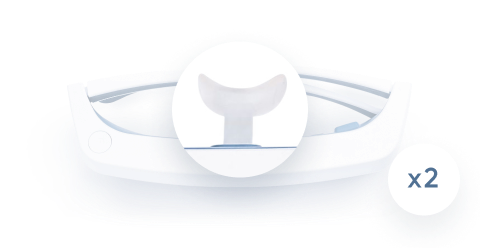
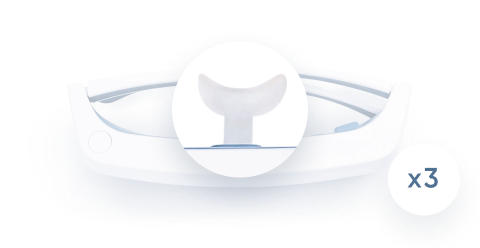
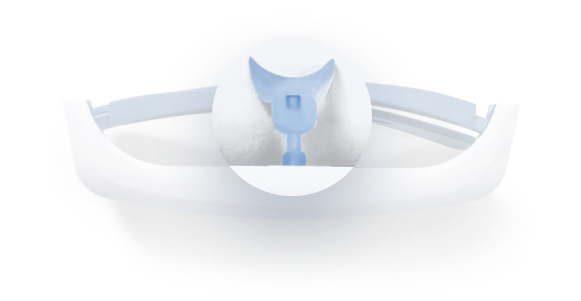
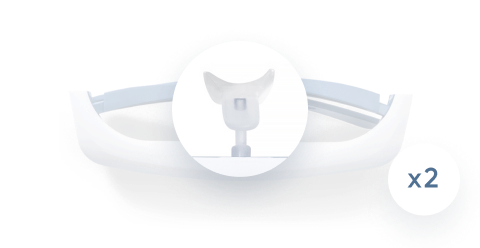
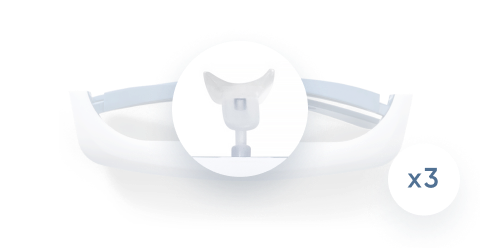

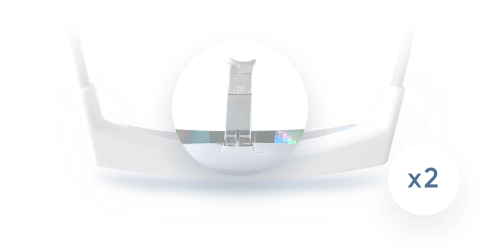



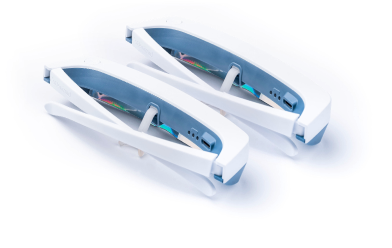
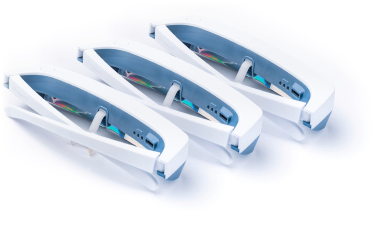
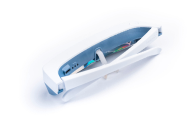

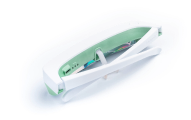
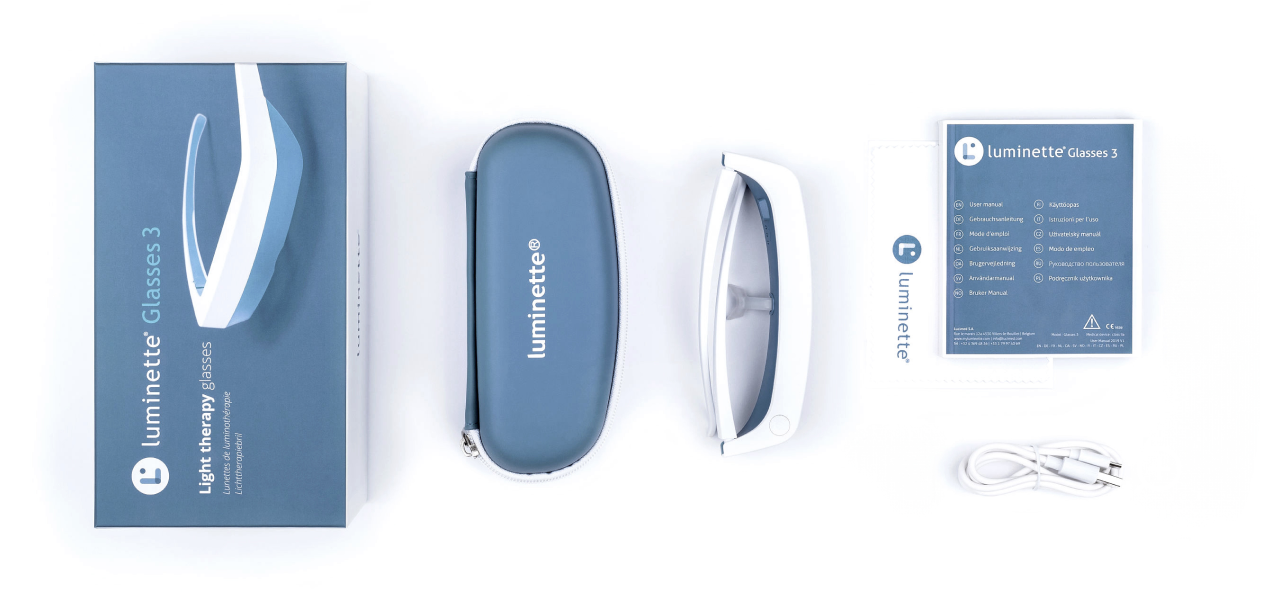
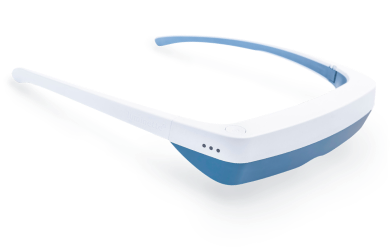

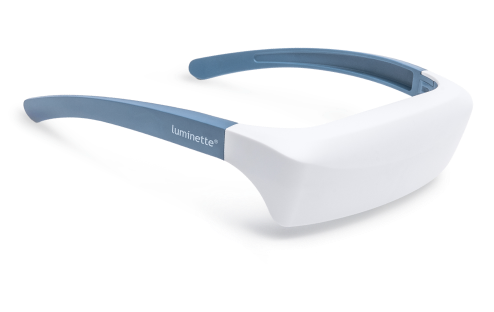
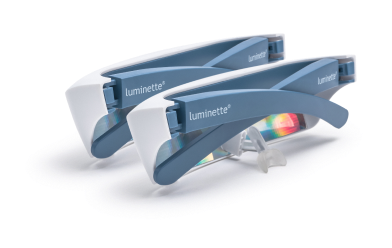
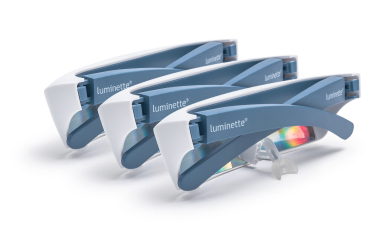
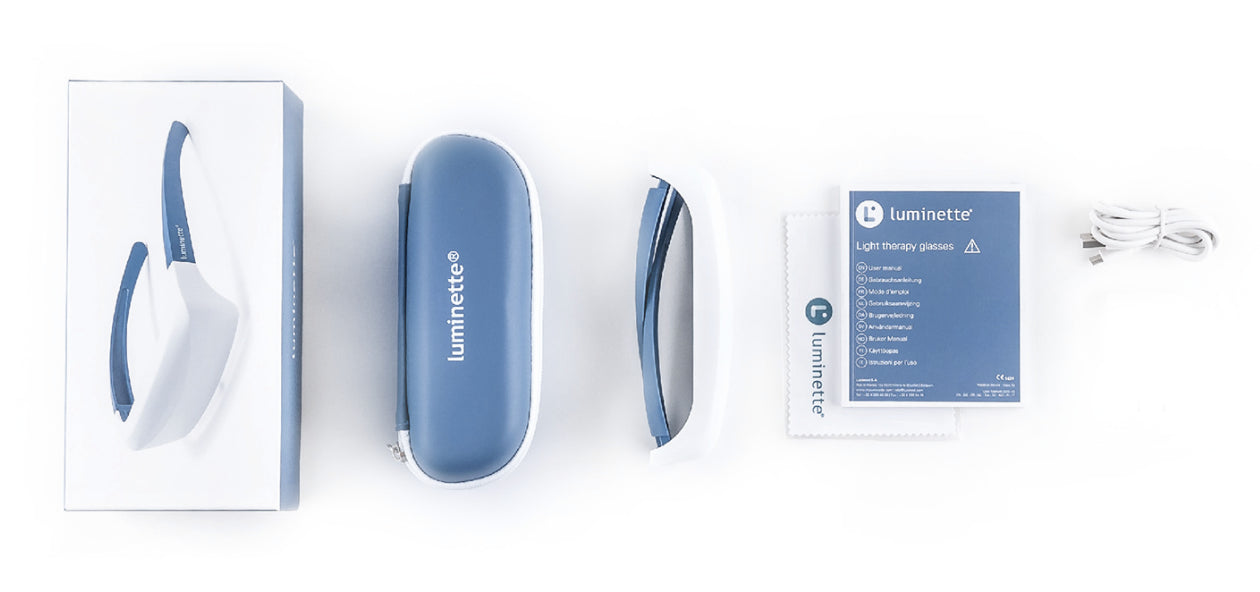

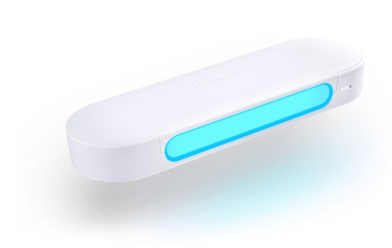

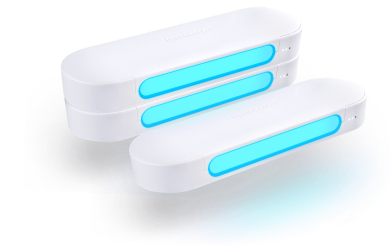
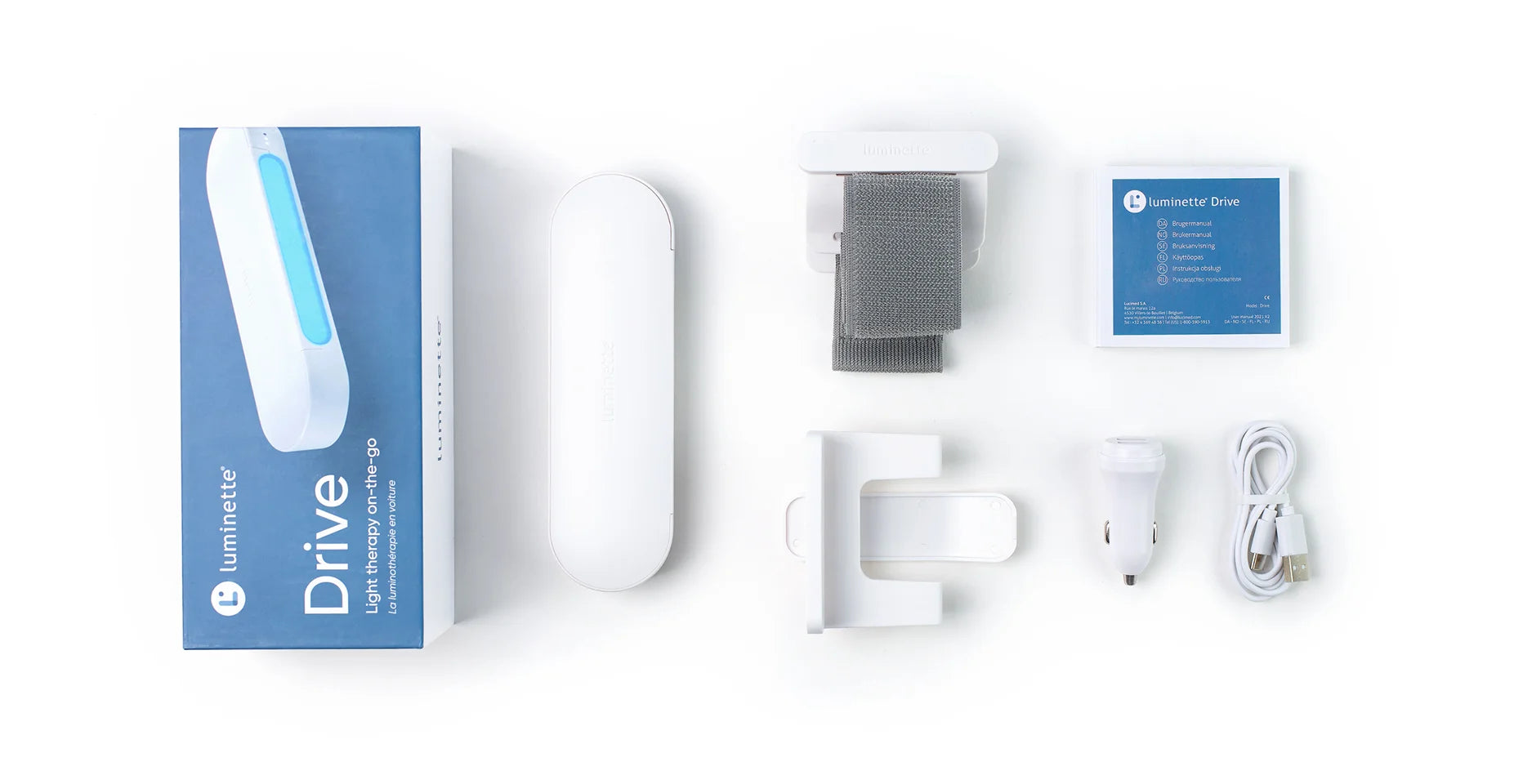

 Please note
Please note 
